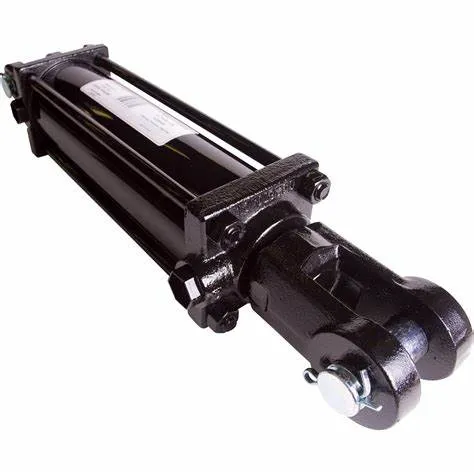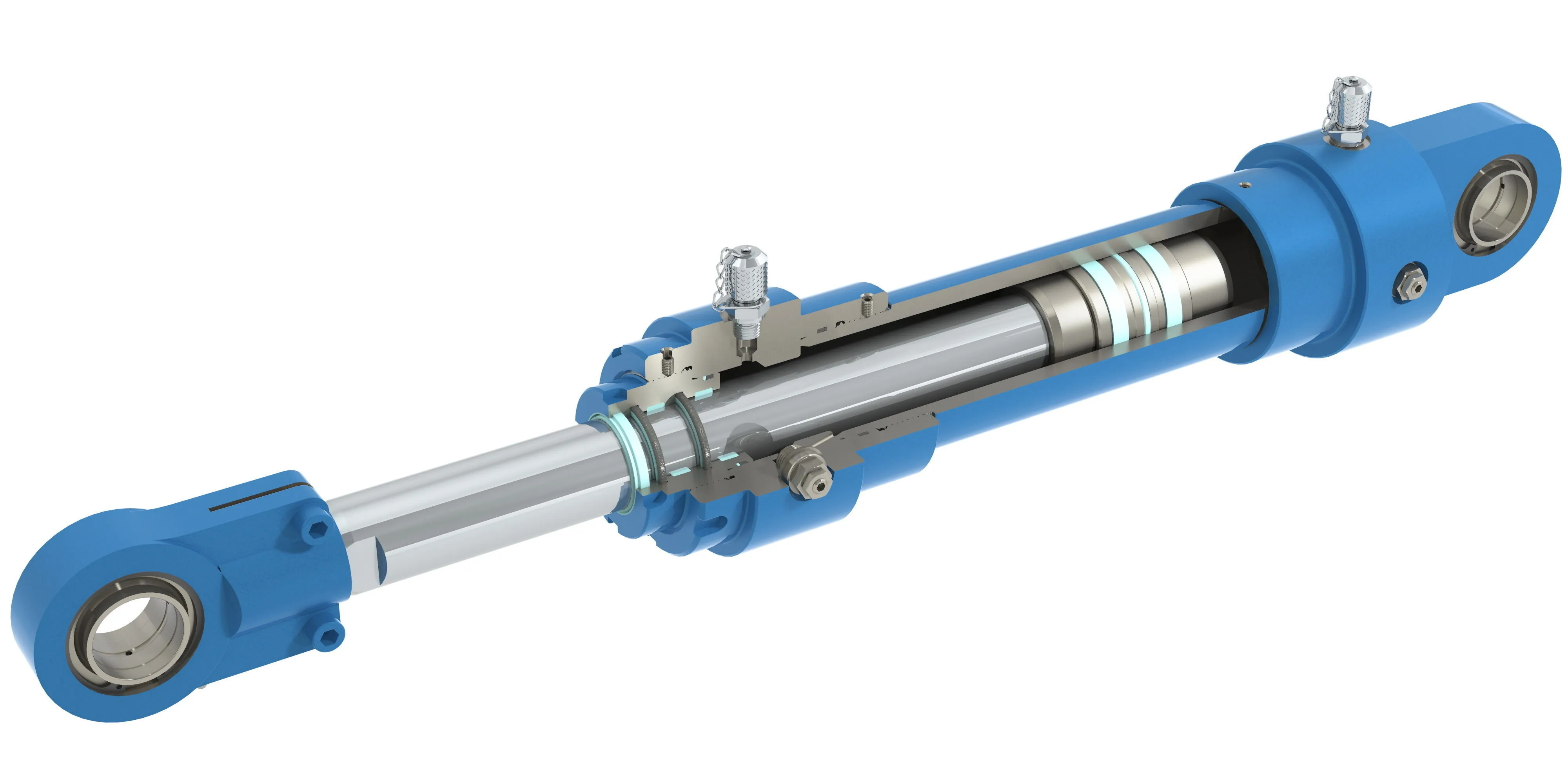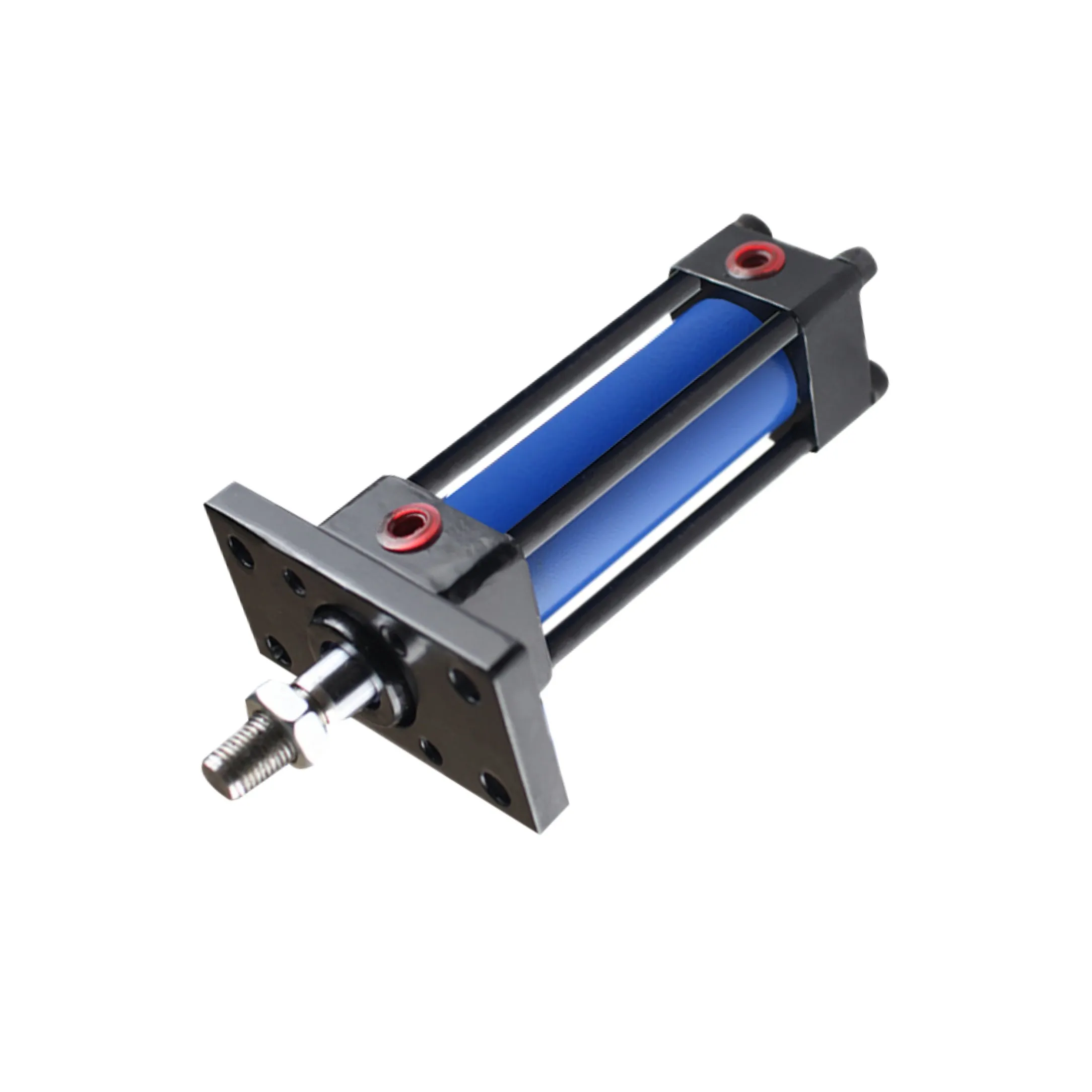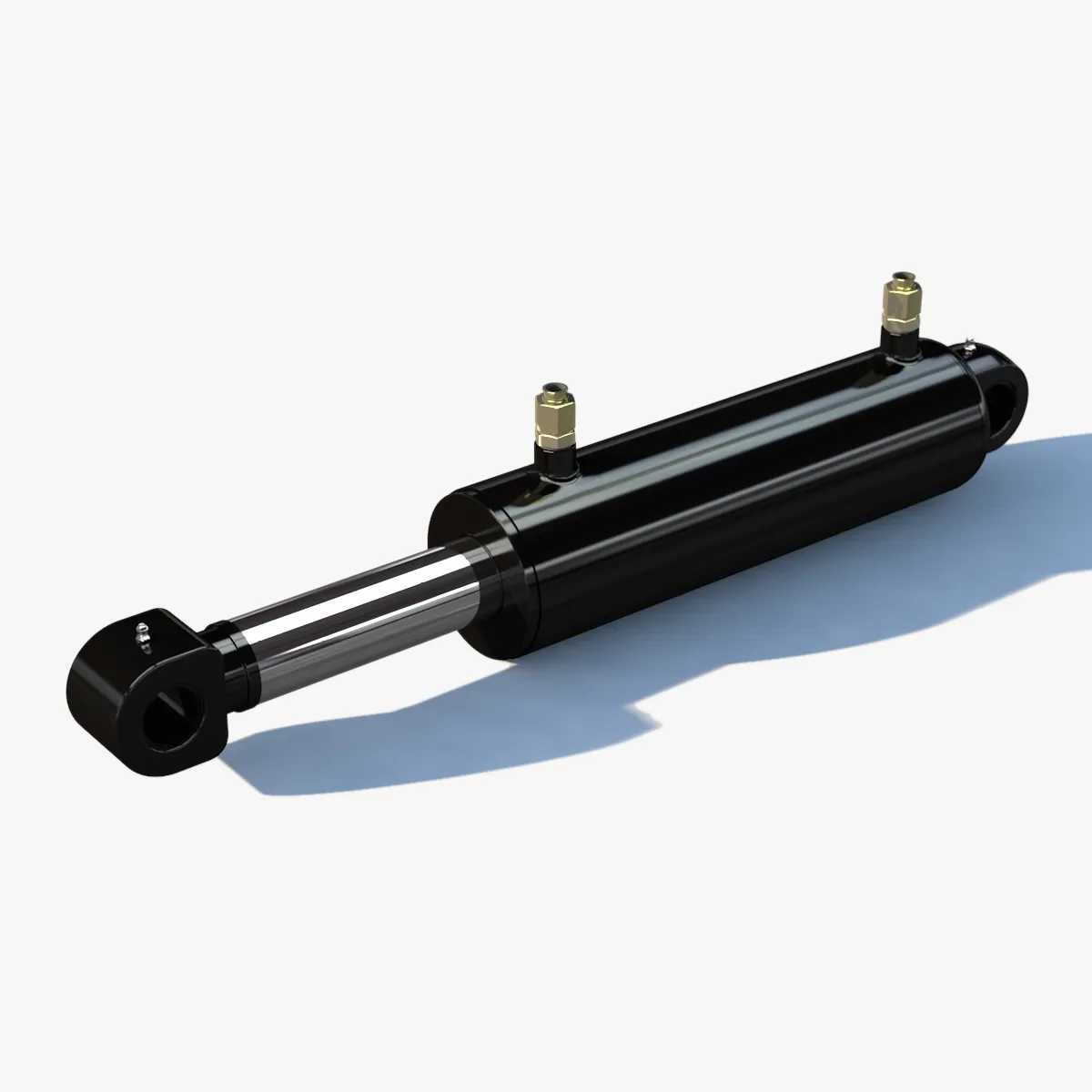Exploring the Components of Spring-Return Single-Acting Hydraulic Cylinder
Introduction to Spring-Return Single-Acting Hydraulic Cylinder
In the world of hydraulics, the spring-return single-acting oil cylinder plays a crucial role. This hydraulic cylinder utilizes hydraulic oil to expand the piston within it. When pressure is applied, the piston extends outward. However, when the pressure is released, a built-in spring automatically retracts the piston to its original position.

Design and Construction Characteristics
- Single-Acting Structure: The cylinder operates in one direction through hydraulic oil pressure, with the return movement relying on the spring mechanism.
- Spring Selection: It is essential to choose the appropriate spring to ensure a quick and complete reset after pressure release.
- Sealing Design: High-quality sealing materials are used to prevent oil leakage, ensuring system efficiency and safety.
- Strength and Durability: Material selection, typically high-strength steel, considers the ability to withstand high pressure and impact.
Construction and Assembly Process
The assembly process of the spring-return single-acting hydraulic cylinder requires precise alignment of components, especially the piston and cylinder block, to minimize friction and wear. Strong welding and mechanical connections are essential to prevent oil leakage or breakage under pressure. Rigorous testing and debugging post-assembly ensure proper functionality in real-world applications.
Working Principle of Spring-Return Single-Acting Hydraulic Cylinder
The single-acting mechanism of this hydraulic cylinder involves the extension and retraction cycles. When hydraulic oil enters the cylinder, it pushes the piston outward against a load. Upon pressure release, the spring mechanism brings the piston back to its initial position.
Types and Configurations
There are three distinct types of spring-return single-acting hydraulic cylinders, each with specific configurations tailored to different applications. These variants offer versatility in performance based on unique operational requirements.
Key Benefits
- Safety – Automatic Reset: Minimizes the risk of accidental drops or loss of control.
- Simplicity – Simple Design: Easy to understand, operate, maintain, and repair.
- Cost-Effective – Economical and Practical: Suited for various applications at a lower cost than complex systems.
- Flexible Operation – Strong Adaptability: Ideal for applications requiring one-way thrust and simple reset.
Application Scenarios

- Industrial Machinery – Press: Enhances production efficiency in mechanical pressing and forming operations.
- Automated Assembly Line: Ensures stability during workpiece grip and positioning.
- Construction Equipment – Hydraulic Jacks: Provides safe lifting and support in construction and maintenance tasks.
Design Considerations and Selection Criteria
When designing spring-return single-acting hydraulic cylinders, factors such as bearing capacity, sealing, durability, safety, and maintainability are critical considerations. Each aspect influences the overall performance and longevity of the hydraulic system.
Sealing and Lubrication
The proper selection and maintenance of seals, including piston seals and rod seals, alongside regular lubrication with hydraulic oil, are essential for the longevity and efficiency of the hydraulic cylinder. Surface treatments and lubrication practices contribute to wear resistance and optimal performance.
Regular Inspection and Maintenance
Implementing regular inspection routines and preventive maintenance measures are vital to ensuring the continued functionality and safety of the spring-return single-acting hydraulic cylinder. These practices help identify and address potential issues before they escalate.
Installation Guide
Proper installation procedures are crucial for the effective operation of the hydraulic cylinder. Following the correct installation steps ensures optimal performance, longevity, and safety in various applications.

Maintenance Tasks
Regular inspection, proper lubrication, seal replacement, and calibration checks are fundamental maintenance tasks for the spring-return single-acting hydraulic cylinder. Adhering to these tasks enhances performance and minimizes downtime.
Safety Considerations
Emphasizing safety measures and environmental factors in the operation of spring-return single-acting hydraulic cylinders is paramount to prevent accidents and ensure workplace safety. Understanding safety protocols and adhering to industry standards are essential.
Unit Power
The unit power of the hydraulic system directly impacts efficiency, response speed, and operational capabilities. Factors like hydraulic system pressure, piston area, and spring characteristics influence the overall power output of the system.
Optimizing Hydraulic Power Unit
Optimizing the power unit of the spring-return single-acting hydraulic cylinder yields improved efficiency, energy savings, and enhanced reliability. Design enhancements and power management strategies contribute to the overall performance and longevity of the equipment.
FAQ
How does the spring mechanism work in this type of cylinder?
The spring mechanism in a spring-return single-acting hydraulic cylinder automatically retracts the piston when hydraulic pressure is released, ensuring efficient operation.
What are the main applications of spring-return single-acting hydraulic cylinders?
Spring-return single-acting hydraulic cylinders find applications in industrial machinery, construction equipment, agricultural machinery, automotive maintenance, and more.
What are the advantages of using a spring-return design?
The spring-return design offers safety benefits, simplicity in operation, cost-effectiveness, flexibility in applications, and ease of maintenance, making it a versatile hydraulic solution.
What limitations should be considered with spring-return single-acting cylinders?
While spring-return single-acting cylinders offer various advantages, they may have limitations in terms of operating pressure, load capacity, and speed compared to other hydraulic systems.
How does the cylinder’s diameter affect its performance?
The cylinder’s diameter directly influences the thrust output and power of the hydraulic system. A larger piston area results in a higher power output at the same pressure.
Long-Tail Keywords

- Spring-Return Hydraulic Cylinder Components Explained
- Understanding the Mechanism of Spring-Return Cylinders
- Optimizing Performance with Spring-Return Hydraulics
Our Company
We are a prominent hydraulic cylinder replacement manufacturer, offering a comprehensive product line. With a reputation for quality and reliability, we have established ourselves as a leading supplier in both domestic and international markets.
Our company prides itself on professional services, international certifications, customized solutions, state-of-the-art production equipment, and exceptional after-sales support. We are committed to meeting the diverse needs of our customers with top-notch products and services.
Author: lyl
